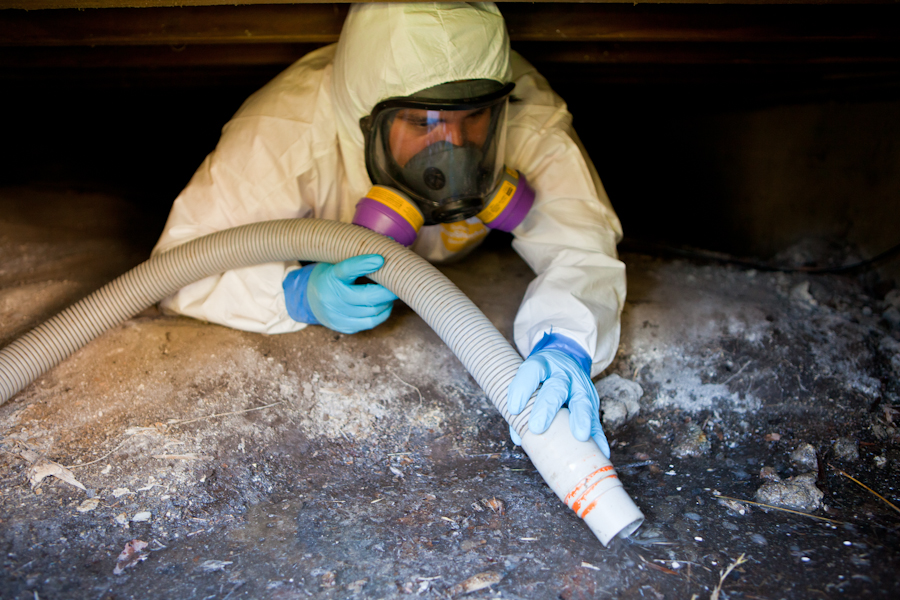
In a water-related emergency, a rapid response can make all the difference in minimizing damage. Photo: 911 Remediation LLC ©2019
When a major leak, flooding or similar water-related emergency occurs in your home, knowing how to respond can make all the difference in preventing (or at least minimizing) subsequent water damage. Follow this 5-step response procedure:
- Stop the source. The first step in a water-related emergency is to locate the source of the water and stop it from entering the home. If it’s a broken water pipe or fixture, this means shutting off your home’s water main. Typically, this will be located just outside of your home, usually in front or on the side. You can also shut off your home’s water at the sidewalk water meter.
- Document the damage. Once you’ve stopped water from entering your home (assuming you’re able to do so), take some pictures of the scene. If you need to file a claim with your homeowners or renters insurance company, photo documentation will be a valuable asset.
- Extract standing water. Using a mop, towels, buckets and any other applicable tools, remove as much water as possible from the affected area. However, if the water is unsanitary (as is the case with a sewer system backup), handling this yourself can pose a health hazard, so consider leaving the cleanup to a professional.
- Ventilate the space. Once all standing water has been removed, open all adjacent windows to maximize ventilation. If you have large fans or a dehumidifier, utilize these tools to further hasten the drying process.
- Contact a water damage remediation company. When it comes to preventing water damage, time is a key factor. The first couple of days following a water-related emergency are critical, and postponing professional intervention can result in irreparable damage to your floors and other home components.
